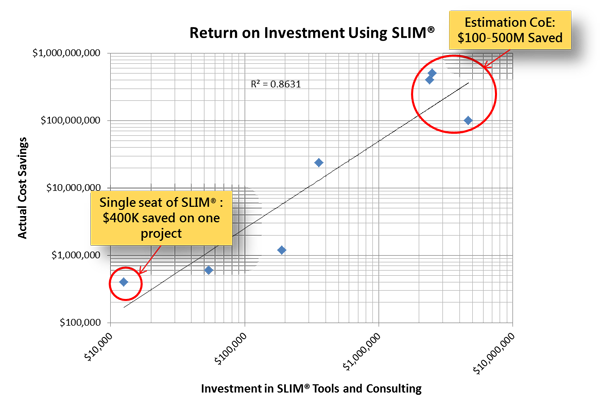FAQ IT Investments What is ROI and How is It Used
Post on: 16 Март, 2015 No Comment

IT-Business Articles, Tutorials & Webcasts
FAQs: IT Budgeting
Q. What is ROI (R eturn O n I nvestment)? How is it used to help make information technology / information system decisions?
The question that IT professionals and business analysts are asked today more than ever before. It is also one of the most difficult to answer. One reason for the difficulty is a definition problem. For instance, a common accounting or finance definition is:
A measure of the net income a firm is able to earn with the its total assets. Return on investment is calculated by dividing net profits after taxes by total assets.
An acceptable definition for the organization as a whole; but, hardly realistic for a single IT project or various alternative IT solutions under consideration for a project.
When someone asks about ROI, they are really asking:
What do I get back (‘return’) for the money
I’m being asked to spend (‘investment’)?
What is it really worth (the ROI)?
Business Benefits — The Returns Decision-Makers Need To Know:
Traditionally, when IT professionals and top-mangement discuss the ROI of an IT investment, they were mostly thinking of “financial” benefits. Today, business leaders and technologists also consider the “non financial” benefits of IT investments.
Traditionally, when IT professionals and top-management discuss the ROI of an IT investment, they were mostly thinking of “financial” benefits. Today, business leaders and technologists also consider the “non financial” benefits of IT investments.
Financial Benefits include impacts on the organization’s budget and finances, e.g. cost reductions or revenue increases.
Non Financial Benefits include impacts on operations or mission performance and results, e.g. improved customer satisfaction, better information, shorter cycle-time.
Decision-makers make IT project selection decisions based upon the perceived value of the investment. IT’s value is determined by the relationship between what the organization will pay (costs) and what it will get back (benefits). The larger the amount of benefit in relation to cost, the greater the value of the IT project.
Financial ROI. In reality, most organizations use one or more “financial metrics” which they refer to individually or collectively as “ROI”. These metrics include:

Payback Period. The amount of time required for the benefits to pay back the cost of the project.
Net Present Value (NPV). The value of future benefits restated in terms of today’s money.
Internal Rate of Return (IRR). The benefits restated as an interest rate.
Illustrative Example . Suppose that you have a project that will cost $1,500 and will save you $1,000 a year over 5-years. What is the ROI of this project? Assuming that your cost of money (for the project) is 10%, the answer would be (see the graphic below):
Payback Period. The simple payback period is 1.5 years.
NPV. The value of the benefits is $2,291.
IRR. The equivalent interest rate of return is 60.38%.
As the three green “thumbs up” indicate, this project would be worth considering from a financial perspective. These metrics can be calculated manually, with hand held calculators, or automated software applications. (Note: the above screen was captured from RMS’ FAST ROI for IT Quick Version automated calculation software.)
Non Financial ROI. These are the so-called “intangibles”, “soft”, or “unquantifiable” benefits of information technology. The use of these terms is unfortunate, but pervasive.
Unlike financial returns, there may be no widely-accepted metrics that can be applied. However, IT’s potential for producing positive impacts on business performance and mission results are undeniable. The difficulty that most organizations encounter here is twofold: people aren’t sure what to measure, and they don’t know how to measure. Read about what some organizations are doing to measure IT’s non financial ROI and look for more Free tutorials on this subject on our website soon.














